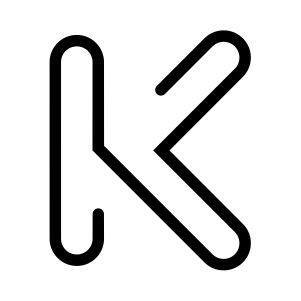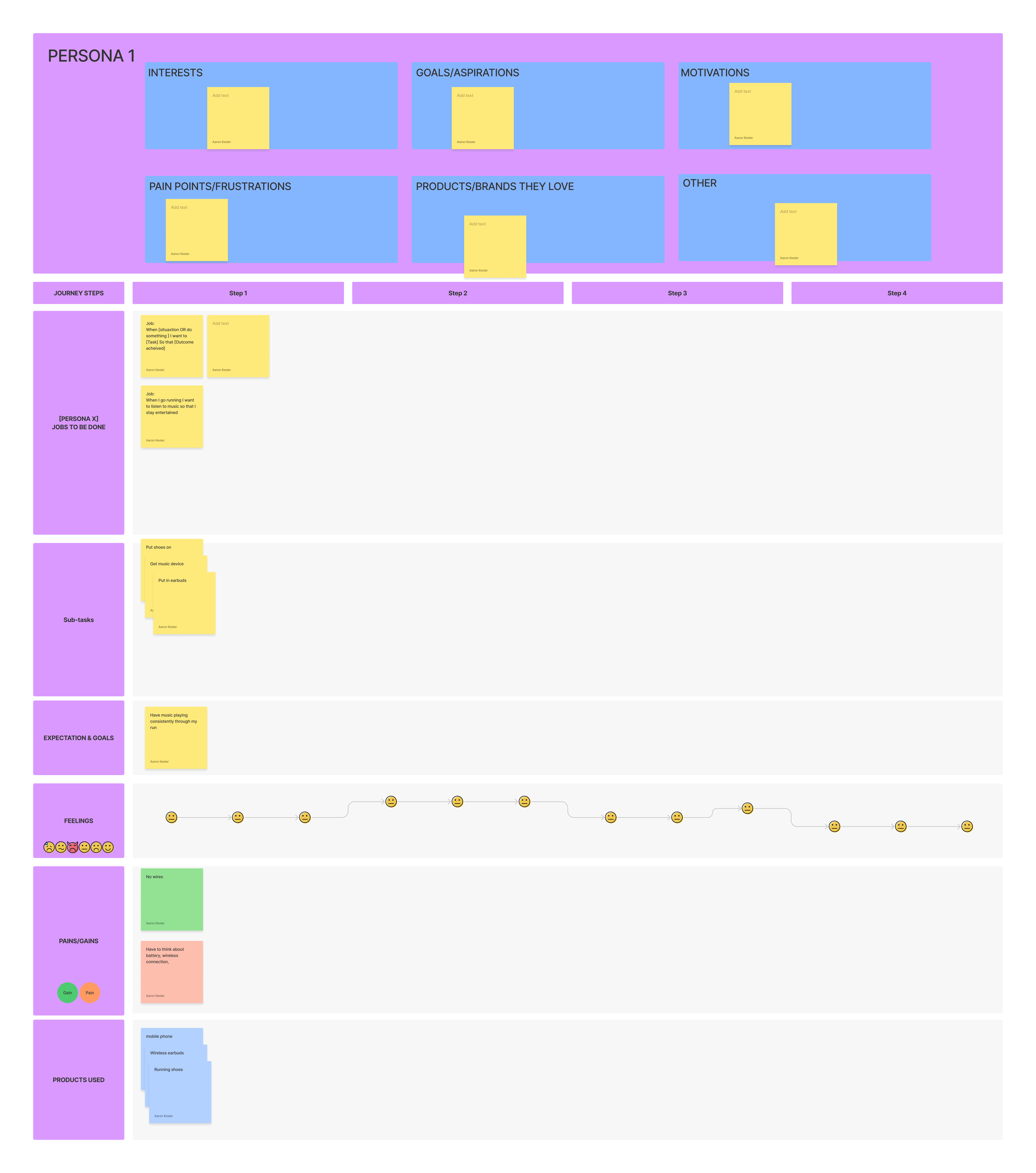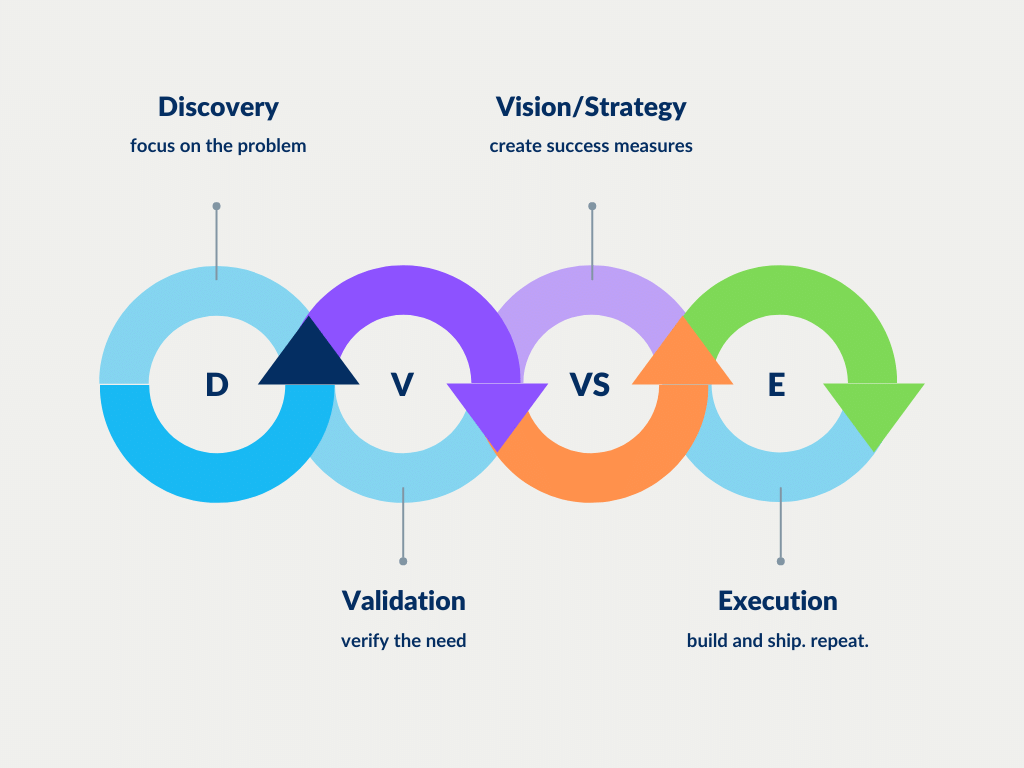At this point, we’ve discovered a few problems, formed our trios, come up with our hypotheses, and recently interviewed a bunch of customers (or potential customers). Now we understand some of these customers, what their pain points are, and have possibly started to notice some patterns between groups of customer types. For example, perhaps one group of customers is interested in hiring 20 more employees this year, whereas another group is considering opening up new business locations. If this is the case, it’s time to start plotting down what ties these groups together and putting a name to them we can refer back to. This is known as a user persona.
Many folks believe that a user persona has to be well designed with pretty graphics, a picture of that user, sliding scales for their traits and skills. I say rubbish. We can refine and make it pretty later, but for now, we need something we can use to provide value to these users and know which groups of users we want to target with our product/solution.
5 characteristics of a persona
The 5 key aspects of a persona template I’ve created are:
- interests
- goals/aspirations
- motivations
- pain points/frustrations
- products/brands they love
- other potentially useful information about this group

Interests
The questions we need to answer here are all around what they are interested in. Don’t think an interest can be too small. You never know when that may be pertinent information. Do they like looking at spreadsheets and doing pivot tables for hours? Note that down here. Do they like listening to music while they work? Note it down here. Are they interested in the newest technology for their industry, or have they used the same system they’ve had since 1992? Are they interested in automating things? Are they interested in doing things themselves? Are they interested in learning new things? Or the reverse; maintaining the status quo? These could be valuable traits to note down as part of a personas interests but remember it’s not a specific user. It’s a grouping of those users you’ve interviewed. For example, out of a sampling of 30 customer interviews, if 3-6 customers mentioned they have used the same system since 1992, I’d note that down. When we know what a customer is interested in or not interested in, we can determine the language and the selling points to help increase the likelihood they will become a user.
Goals/aspirations
We have to ask ourselves here what this group of users aspire to be or what goals they have set for themselves. For instance, with landscapers, the small companies where the owner was still mowing lawns, in general, aspired to grow his business enough to be more back-office and hire a team to do the lawn mowing. This is an essential aspect of a persona because if we understand the goals and aspirations of our customers, we can then determine what areas of our product help our customers meet those goals and what areas we can improve upon to help meet those goals.
Motivations
This section is all about what motivates these customers. For example, I noticed the biggest motivator with landscapers was the crowded space and trying to differentiate. It’s crucial to collect motivations because if we know what a customer is motivated by, we can also understand what would encourage them to use our product.
Pain Points/Frustrations
I reserve this area of the persona for all the problems, pain points, and frustrations the customer currently has with their job. I don’t really use Jobs-To-Be-Done here (I’ll dive deeper into this in this series’s next post). I just collect problems and pains because not every frustration is actually a job, it may lead to a job, but they aren’t always a task. For example, if a landscaping company owner has a problem retaining good employees, that isn’t a job he is doing, but it leads to tasks and jobs he has to get done like recruitment, hiring, training, etc. There are a few reasons it’s important to plot out the pains and frustrations. First, they help us when we create user journey maps. They also enable us when we’re ideating and brainstorming solutions. Lastly, they help us when we reach the validation phase since they act as our first line of defense against if we’re actually solving one of the customers’ big problems.
Products/brands they love
This might not immediately seem super important, but knowing the customers’ favorite brands enables us to precisely know how to position our product to increase immediate trust. It also helps us determine the branding of our product (if it’s a brand new product). For instance, if we see that our customers use a lot of software or products with green colors, it might make sense to use some shade of green.
Other potentially useful information
I also like to collect other information that could be useful that I might use in the future. For instance, with landscapers, we know they enjoy the outdoors. So I wrote that down in my persona, and when it comes time to a solution, I might consider this when deciding how to deliver a solution. If it’s a physical product, perhaps we make it waterproof. Maybe a mobile app comes before a desktop solution if it’s a digital product.





Recent Comments